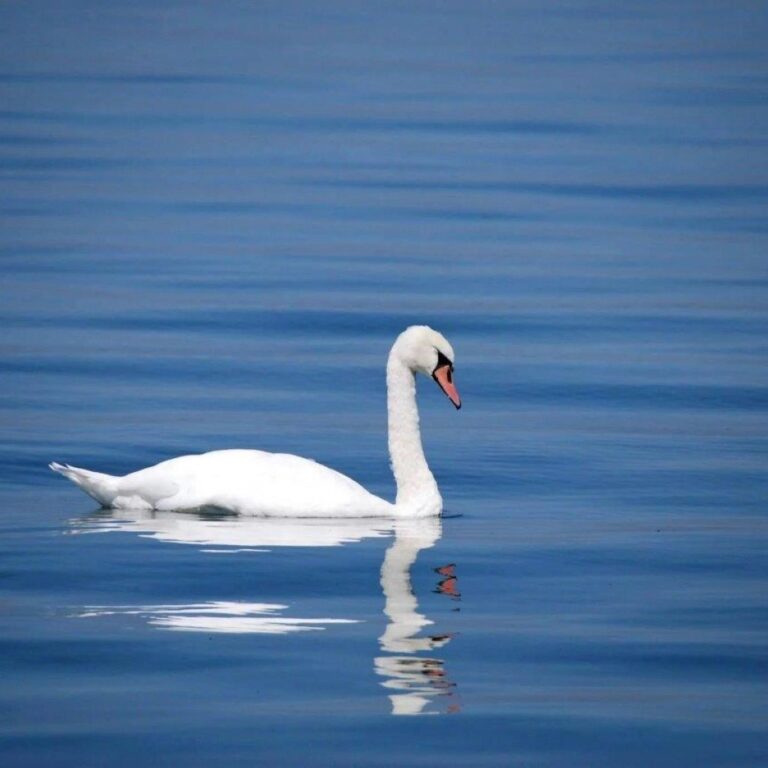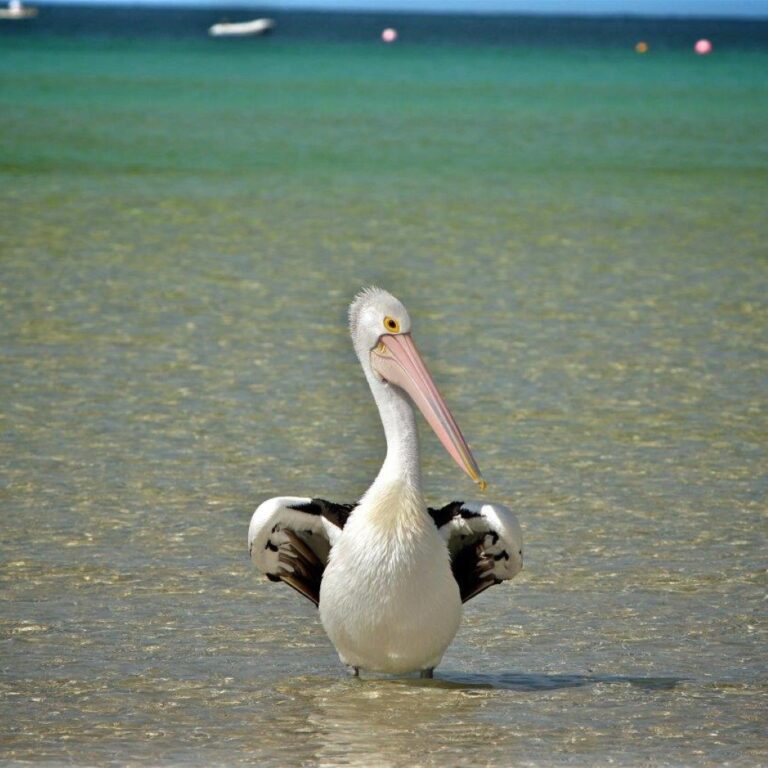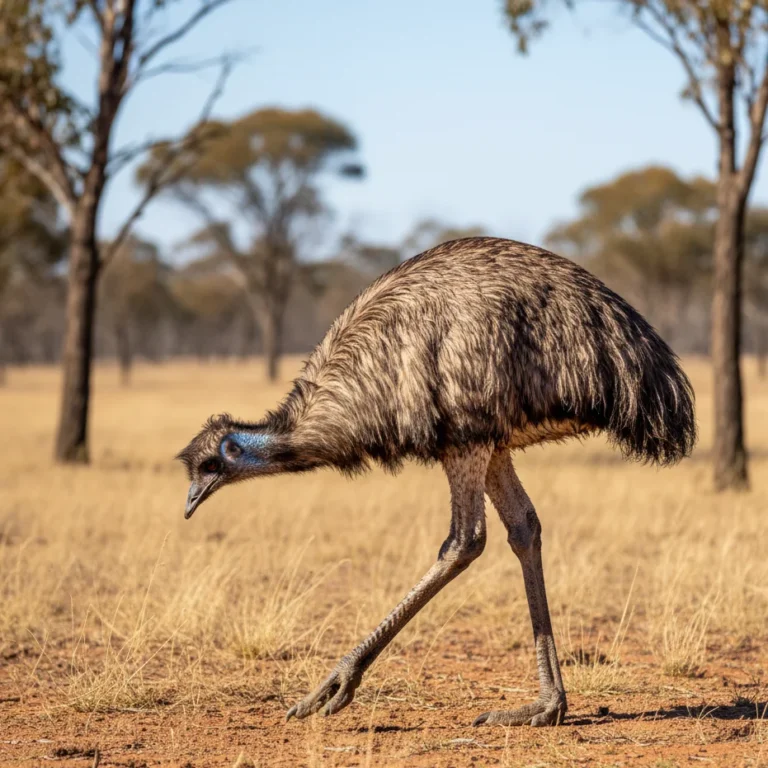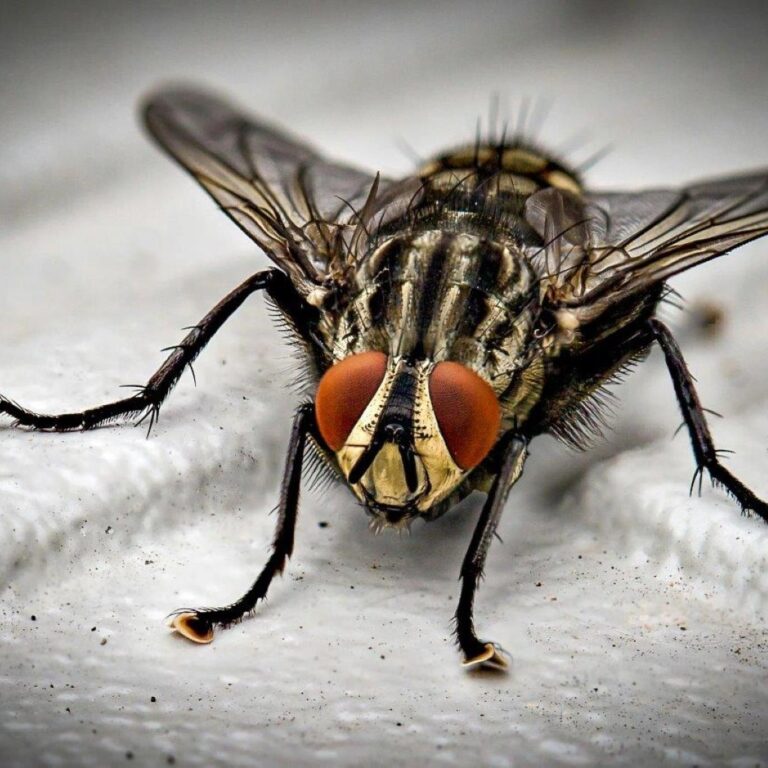There are six species, including the mute swan, trumpeter swan, and whooper swan. The mute swan, known for its elegant white plumage, is the most common species found in Europe.
Swans are known for their strong pair bonds. Most species mate for life, and these long-lasting relationships are one of the reasons swans are often seen as symbols of love and fidelity.
They have powerful wings that can span up to 10 feet in some species, making them one of the largest flying birds. Despite their size, swans are capable of flying at speeds of up to 60 miles per hour.
The term 'mute swan' is somewhat misleading, as these birds are not truly mute. While they are quieter than other swan species, they can make a variety of sounds, including hissing, grunting, and occasional trumpeting.
They are highly territorial, especially during the breeding season. They will aggressively defend their nests and territories from other swans and potential predators.
They are herbivores and primarily feed on aquatic vegetation. They use their long necks to reach underwater plants, and their bills are specially adapted to filter out water while they eat.
They are known for their graceful swimming, but they are also strong and capable fliers. Some species undertake long migratory journeys, traveling thousands of miles between their breeding and wintering grounds.
A baby swan is called a cygnet. Cygnets are covered in fluffy down feathers when they hatch and are usually gray or brown in color. They gradually develop their adult plumage over the first year of life.
Swans are social birds and often form flocks outside of the breeding season. These flocks can include hundreds of individuals, especially during migration.
The black swan, native to Australia, is one of the most striking species with its black feathers and red bill. It was once thought to be mythical until European explorers discovered it in the 17th century.
They have been featured in mythology, literature, and art for centuries. In many cultures, they are associated with beauty, purity, and transformation, as seen in stories like 'Swan Lake' and 'The Ugly Duckling.'
They have a unique courtship display that includes synchronized swimming, head bobbing, and mutual preening. These displays strengthen the bond between mates and are often seen as a beautiful and harmonious dance.
They are protected by law in many countries due to their cultural significance and declining populations in some areas. In the United Kingdom, all unmarked mute swans are considered property of the Crown.
They have a lifespan of about 20 to 30 years in the wild, but they can live even longer in captivity. Their longevity depends on factors like habitat quality, food availability, and protection from predators.
Conservation efforts are important for swans, particularly in regions where habitat loss, pollution, and human disturbances threaten their populations. Protecting wetlands and waterways is crucial for their survival.
How useful was this post?
Click on a star to rate it!



